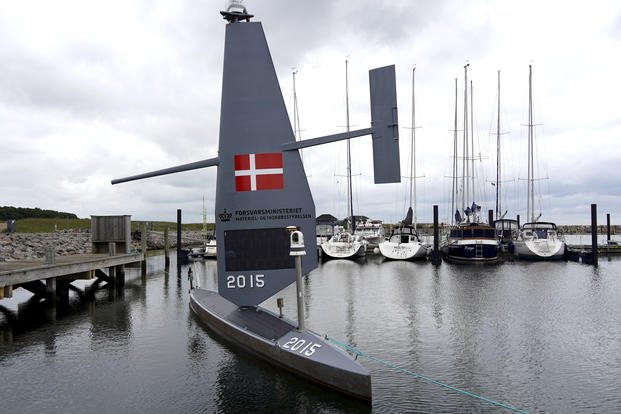At first glance, these vessels look like typical sailboats flying Denmark’s red-and-white flag. However, these 30-foot-long boats have no crew onboard and are equipped for surveillance missions.
Denmark’s military has deployed four autonomous robotic sailboats called “Voyagers” for a three-month trial. Built by Saildrone, a company based in Alameda, California, the vessels will patrol Danish and NATO-controlled waters in the Baltic and North Seas—regions where maritime tensions and suspected acts of sabotage have increased notably since Russia invaded Ukraine in February 2022.
Two of the robotic sailboats set off from Koge Marina, located roughly 25 miles south of Copenhagen. Powered by wind and solar energy, these drones can operate independently for extended periods at sea. Their sophisticated sensor packages include radar, infrared and optical cameras, sonar, and acoustic monitoring systems.
This latest deployment follows two Voyagers that were already part of a NATO patrol beginning on June 6.
Richard Jenkins, founder and CEO of Saildrone, described the vessels as “trucks” equipped with sensors using machine learning and artificial intelligence to deliver a comprehensive view of activities both above and below the water surface, covering distances of 30 to 50 kilometers offshore.
He emphasized that many maritime threats—including damage to undersea cables, illegal fishing, and smuggling—often go unnoticed because of a lack of proper surveillance. Saildrone aims to fill this gap by providing eyes and ears where none existed before.
According to the Danish Defense Ministry, the trial’s purpose is to enhance monitoring capabilities, especially around critical underwater infrastructure such as fiber-optic cables and power lines.
“The security situation in the Baltic remains tense,” said Lt. Gen. Kim Jørgensen, director of Danish National Armaments. He explained that the sailboats will patrol Danish waters before joining their counterparts already involved in NATO exercises, moving strategically across different areas.
The test occurs amid ongoing challenges for NATO, which has faced a series of maritime infrastructure attacks, including the Nord Stream pipeline explosions in 2022 and at least 11 undersea cable breaks since late 2023. The latest disruption, in January, cut a fiber-optic connection between Latvia and Sweden’s Gotland island.
This trial is also set against the backdrop of strained trans-Atlantic relations, highlighted by former U.S. President Donald Trump’s controversial interest in acquiring Greenland, a semi-autonomous Danish territory and NATO ally. Jenkins noted that Saildrone’s plans to expand operations in Denmark preceded these political events and emphasized the company’s non-political stance.
Some maritime disruptions have been attributed to Russia’s so-called shadow fleet—old oil tankers operating under opaque ownership to evade sanctions. One such ship, the Eagle S, was detained by Finnish authorities in December for allegedly damaging an undersea power cable between Finland and Estonia.
In response, NATO is developing a multi-layered maritime surveillance network that combines unmanned surface vehicles like the Voyagers with traditional naval vessels, satellites, and seabed sensors.
Peter Viggo Jakobsen of the Royal Danish Defence College pointed out the challenge of constant maritime monitoring: “You need to be on the water all the time, which is extremely costly.” He added that having warships follow every Russian vessel—whether military or commercial—is prohibitively expensive.
The goal, Jakobsen said, is to establish a layered system enabling continuous monitoring of threats at a fraction of the previous cost.


